Introduction:
By tightening underlying muscles and excising extra skin, facelift surgery, often referred to as rhytidectomy, is a cosmetic operation intended to reduce obvious indications of aging in the face and neck. Over the course of its more than a century-long existence, facelift surgery has seen substantial breakthroughs in both method and approach to treat a variety of aesthetic difficulties. We will look at the fascinating history, basic procedure, different approaches, and advantages and disadvantages of facelift surgery in this post. We will also discuss related treatments like neck lift.
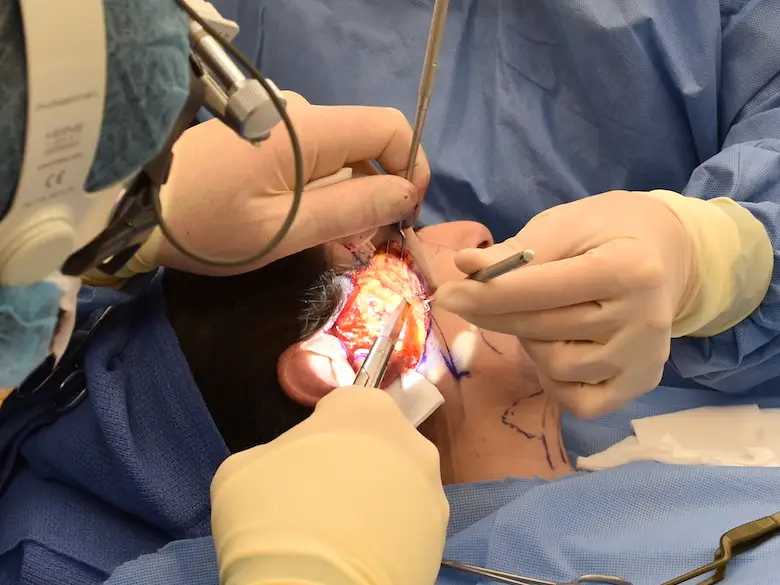
History of facelift surgery:

Initial Developments
Plastic and reconstructive surgeon Eugen Holländer carried out the first face lift technique ever recorded in 1901 in Germany. He explained a method for lifting the skin on the face and trimming away extra tissue to provide the look of young.
Other surgeons who advanced face lift techniques in the early 20th century included John Orlando Roe in the US and Erich Lexer in Germany. These early treatments were frequently rudimentary and left noticeable scars.
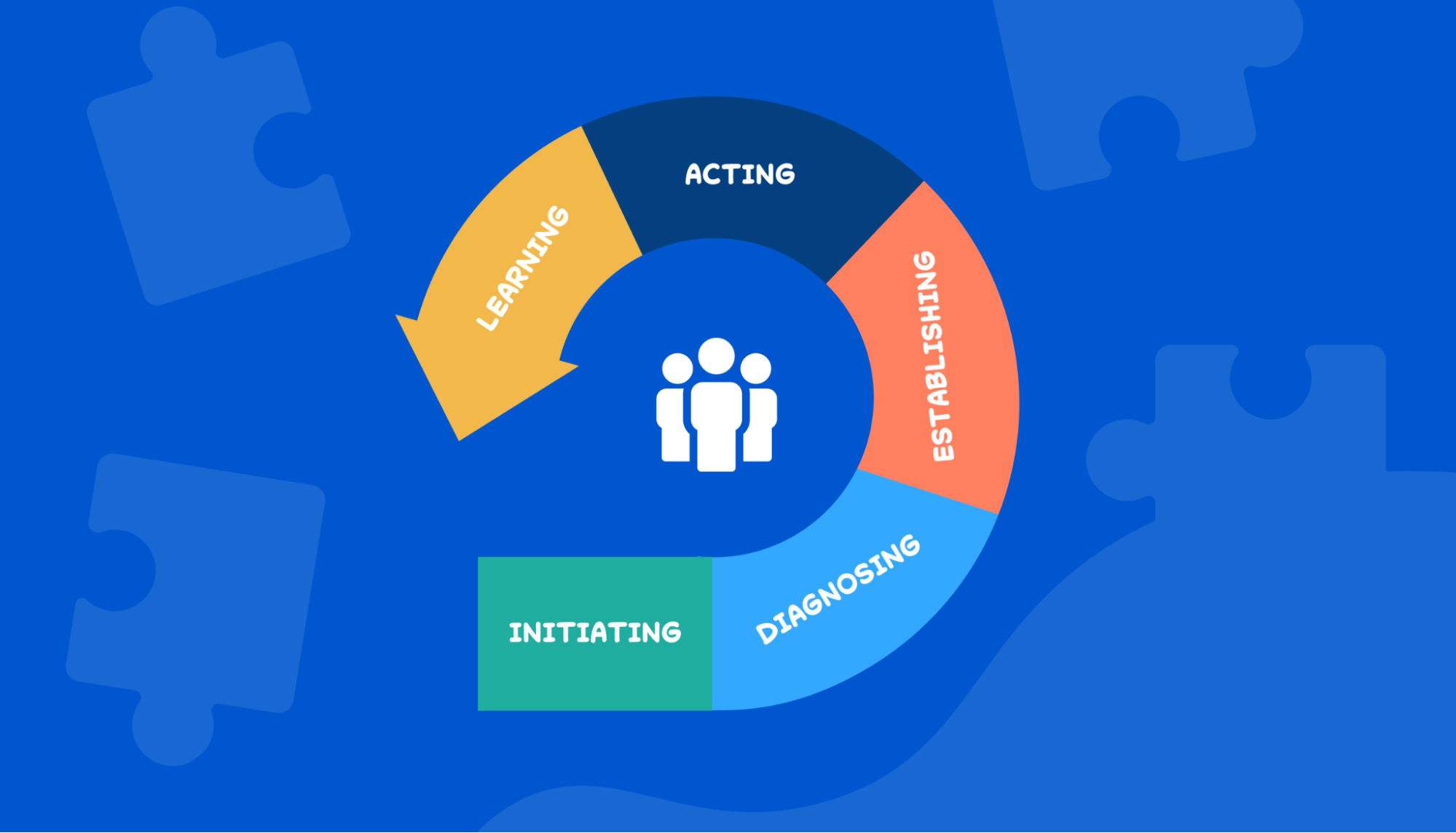
Improvements in Methodology:
Subcutaneous procedures that entailed raising the deeper facial tissues, including the SMAS (superficial musculoaponeurotic system), revolutionized face lift surgery in the 1960s and 1970s. More natural-looking outcomes and longer-lasting effects were the goals of these treatments.
Reduced tissue stress and fewer incisions became possible for face lifts thanks to the advancements in endoscopic methods in the 1990s. Patients saw shorter recovery times and less scarring as a result.

Contemporary Methods:
A range of procedures, such as classic face lifts, micro face lifts, and neck lifts, are used in face lift surgery nowadays. To produce the required rejuvenation, these procedures might target various face and neck locations.
Technological developments like the use of lasers and radiofrequency equipment have also aided in the development of face lift surgery. These technologies offer more alternatives for facial rejuvenation by helping to tighten skin and promote the generation of collagen.
General procedure of facelift surgery
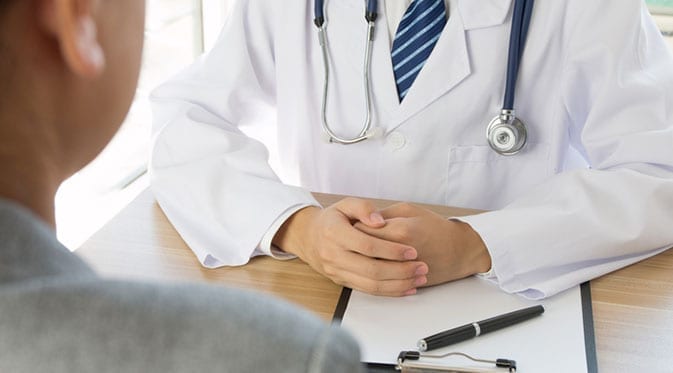
Consultation:
The patient meets with a board-certified plastic surgeon to talk over expectations for the treatment, medical history, and cosmetic goals.
After the incisions are done, the surgeon will elevate and realign the tissues beneath the skin. This process is known as tightening and lifting. This could entail trimming away extra skin and fat from the face as well as tightening the muscles there.
Skin Redraping:
Excess skin is trimmed away and the skin is redraped across the face once the underlying tissues have been addressed. Surgical staples or sutures are subsequently used to seal the incisions.
Recovery:
Until they are ready to return home, the patient will be observed in a recovery area following surgery. Painkillers may be recommended to treat any discomfort, and the face may be wrapped to minimize bruising and swelling.
Outcomes:
After surgery, certain effects might be noticeable right away, but as swelling and bruising go down, the overall effects will show more clearly. The majority of patients should notice complete improvements in a few months.
Follow-Up:
In order to track the healing process and make sure the patient is satisfied with the outcome, the surgeon will arrange follow-up sessions. In addition, they will provide you information on how to take care of your incisions after surgery and when it’s safe to get back to your regular activities.
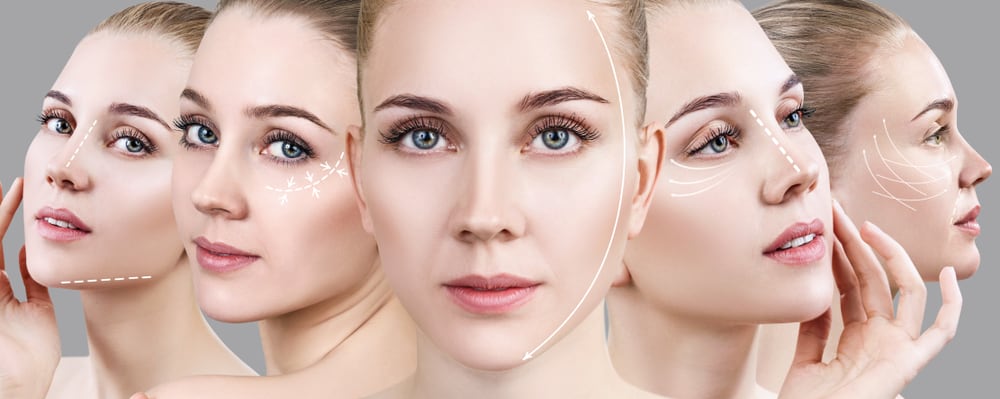
Traditional Face Lift:
This method entails incisions made around the ears and potentially into the lower scalp, beginning at the temples and moving down the hairline. Subsequently, the muscles and tissues beneath the skin are taut. To provide the skin a smoother, more youthful appearance, extra skin is cut off and the remaining skin is redraped.
Mini Face Lift:
Also referred to as a “weekend face lift,” this procedure targets particular facial regions, such as the jawline and lower cheeks, and is less invasive than a traditional face lift. Recuperation is faster and the incisions are smaller than with a standard face lift.
The goal of the mid-facial lift procedure is to tighten and raise the cheekbones, under the eyes, and the middle section of the face. To restore volume and raise drooping skin, incisions are performed inside the mouth or in the hairline, and the underlying tissues are repositioned.
Thread raise:
To raise and realign drooping face tissues, this minimally invasive procedure involves putting barbed threads beneath the skin. The outcomes of a thread lift are not as durable as those of a regular face lift, despite being less intrusive.
The SMAS (Superficial Musculoaponeurotic System) Lift:
It is a method that focuses on the muscles and connective tissues located in the deeper layers of the face and neck. For longer-lasting results that look more natural, the SMAS is raised and relocated.
Fat Grafting:
Also referred to as fat transfer, this procedure entails removing fat from one part of the body—such as the thighs or abdomen—and injecting it into the face to improve features and add volume. A face lift can be combined with fat grafting to improve the overall outcome.
Benefits, Comparisons, and Considerations:
Conventional Facelift:
Benefits:
Treats jowls, deep folds, and sagging skin to provide a complete face and neck rejuvenation. The effects are persistent, frequently continuing for ten years.
Comparisons:
More invasive than alternative methods, with longer healing periods and incisions. It does, however, provide more striking outcomes.
Preferred for people who want complete rejuvenation and who have noticeable signs of aging.
Complications:
Infection, hematoma (blood accumulation beneath the skin), nerve injury, and scarring are possible side effects.
Tiny Facelift:
Benefits:
Shorter incisions and a faster healing period compared to a standard face lift. It focuses on particular trouble spots, such the lower cheekbones and jawline.
Comparisons:
Compared to a regular face lift, the results are not as dramatic and might not stay as long. Patients with mild to moderate indications of aging are more suited for it.
Younger individuals or those looking for minor enhancements without the downtime of a typical face lift are likely to benefit from this option.
Complications:
As with a regular face lift, but with less intrusive surgery, potentially lesser risks.
Mid-face lift:
Benefits:
Gives the cheeks and under-eye area of the mid-face, including a more youthful appearance, targeted treatment. It can enhance the way that cheek hollowing and nasolabial folds look.
Comparisons:
Concentrates solely on the mid-facial region, whereas a standard face lift goes farther. Perhaps not as long-lasting as with a conventional face lift.
Patients who have specific issues in the mid-facial area and do not require significant rejuvenation of the neck and lower face are preferred.
Problems:
Like with a standard face lift, there is a chance of infection, hematoma, nerve injury, and scarring.
Lift of Thread:

Advantages:
Less invasive and requiring less time to recuperate than a typical facelift. It might provide the drooping facial tissues a mild lift.
Comparatively, the effects are transient, lasting up to two years. When there is severe aging or sagging, it is less effective.
Younger patients or those looking for a less invasive option to a regular face lift are likely to benefit from this preference.
Complications:
Uneven outcomes, visible threads beneath the skin, and thread migration are among the risks.
Benefits:
More natural-looking outcomes are achieved by targeting the deeper layers of the face and neck. It can treat severe aging and sagging of the neck and lower face.
Comparisons:
Requires a longer recovery period and is more invasive than other methods. But the outcomes are frequently more realistic-looking and long-lasting.
Lift SMAS:

Complications and Risks:
Patients desiring complete rejuvenation and exhibiting moderate to severe indications of aging are more likely to opt for this option.
Risks of complications include infection, hematoma, nerve injury, and scarring; they are similar to those of a standard face lift.
Patients should speak with a board-certified plastic surgeon about their concerns and goals in order to select which face lift technique is best for them. Every approach has advantages and disadvantages of its own, therefore selecting a technique should be the result of careful assessment and consultation with the surgeon.
Consequences and Risks:
Although facelift surgery is usually safe when done by a board-certified plastic surgeon with extensive experience, there are a few possible risks and consequences to be aware of. These include:
Hemorrhage and bleeding
Virus Infection
damage to the nerves
Inadequate scarring
Inequalities
persistent bruises or edema
Skin death
Modifications in the feeling of the skin
Conclusion:
One amazing operation that can renew the face and give it a more youthful appearance is facelift surgery. Under the guidance of a qualified and experienced plastic surgeon, patients can make educated judgments and obtain satisfactory outcomes by knowing the background, general process, different procedures, and related considerations of facelift surgery. During the consultation process, it’s critical to talk about each patient’s specific goals, worries, and expectations in order to create a customized treatment plan that meets their specific requirements and intended results.
- All Posts
- Uncategorized
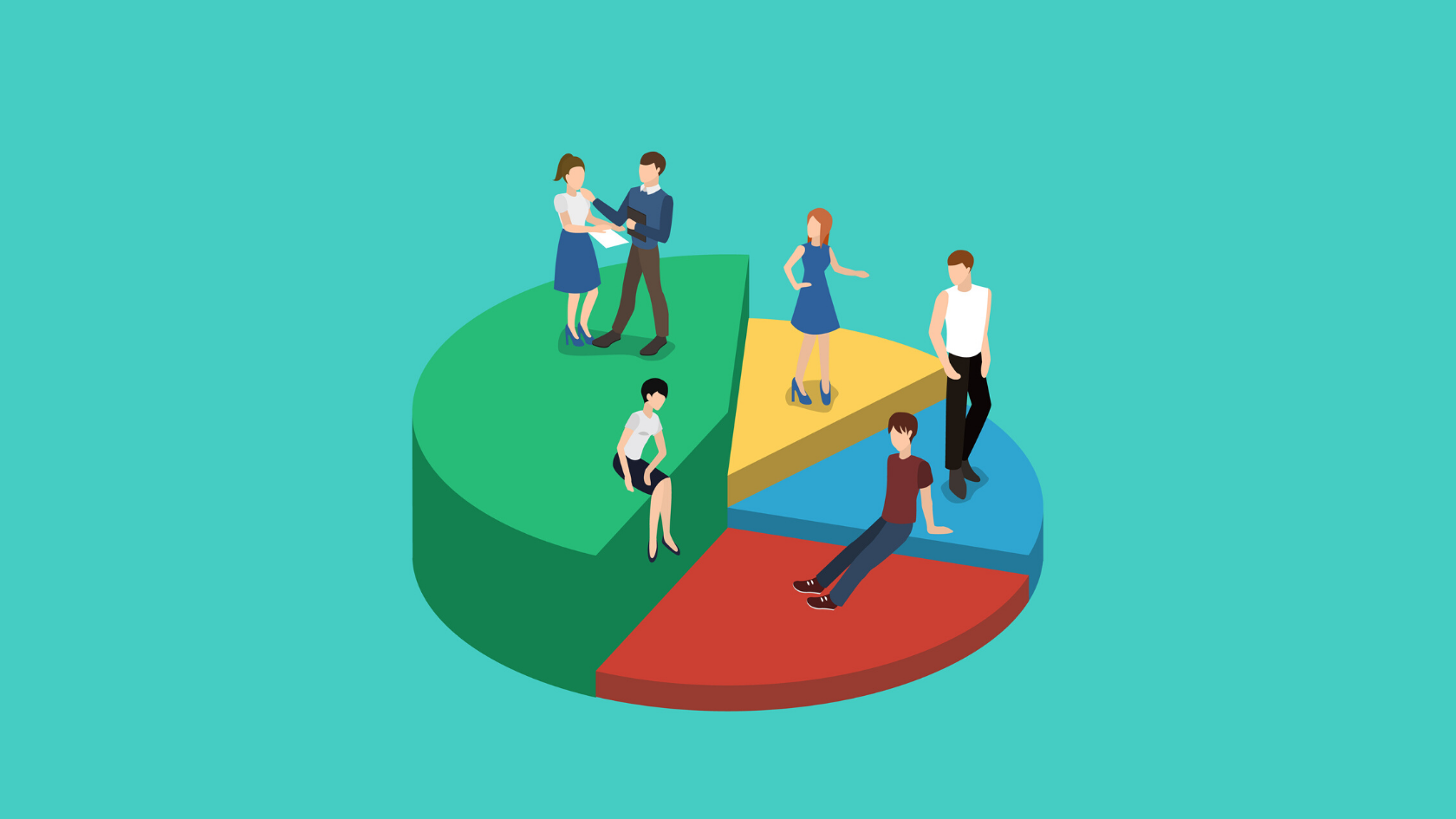
Dr. Daniel Davidson, MD, MBA Introduction: The goal of success for businesses nowadays is to establish a global brand because…

Dr. Daniel Davidson, MD, MBA Introduction: Stem cells have captivated the imagination of scientists and the public alike for their…

Dr. Daniel Davidson, MD, MBA Introduction: Platelet-rich plasma (PRP), fat grafting, and dermal fillers made from natural sources are examples…
